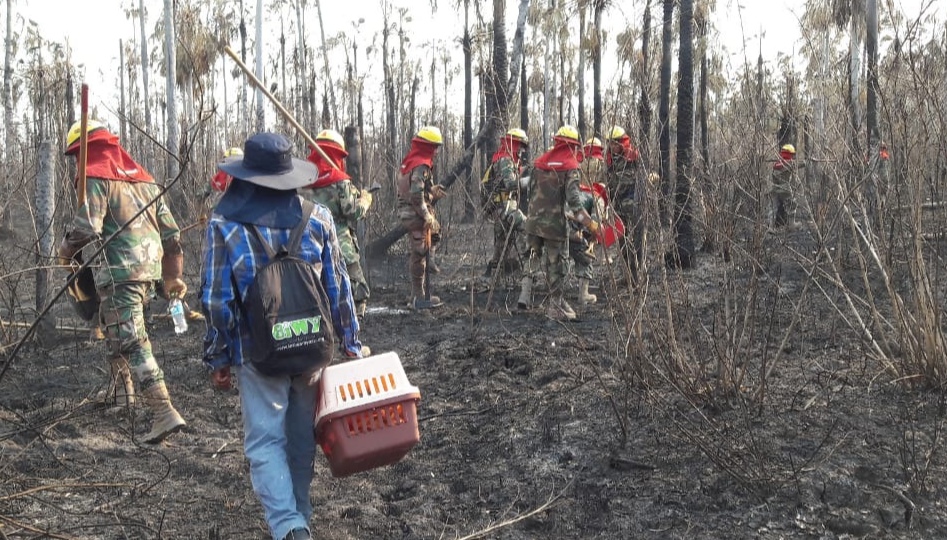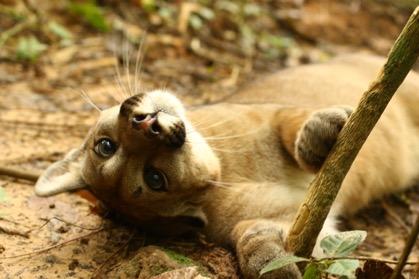Animal Care
Wildlife Rescue
CIWY works with the appropriate authorities in accordance with the law (Environmental Law 1333, Article 111) to rescue wild animals from places like markets, fairs, zoos, circuses, restaurants and private residences. Some animals are brought to us by the Bolivian police, and others are turned in voluntarily by people who had irresponsibly kept them as pets. We act as custodians of these animals, given that the government has neither the tools nor the resources to do so.
Animal Care
All rescued animals are cared for in one of our three sanctuaries: Parque Machía, Parque Ambue Ari or Parque Jacj Cuisi. Our professional team assesses each animal to develop an individual care plan that addresses their physical health and their psychological wellbeing. Many of the animals arrive suffering malnourishment, parasites, broken bones, digestive issues and psychological trauma. Unfortunately, most of these animals cannot be released into the wild because humans have deprived them from learning survival skills from members of their own species. When this is the case, we provide the best quality of life possible, including a personalised diet, an adequate space in accordance with their individual needs and the specific needs of their species, exercise, and daily environmental enrichment to promote natural behaviors.
When we receive animals that belong to gregarious species, we try to integrate them into established groups or create new social groups. Some of these groups can even live in semi-wild conditions.
CIWY has acquired a vast amount of knowledge in specialised care of rescued wildlife, in particular with new world primates and felines. We are often asked to advise other organisations and government bodies about how to provide proper care for these animals.
Rehabilitation
Rehabilitation is the process of restoring an animal’s health and wellbeing. For some, this can be a short process, but for many others who have suffered more significant abuse and neglect, it can take months or years. Each animal and group of animals has its own care plan.
The ultimate goal of rehabilitation is to release an animal back into the wild, but in many cases this is not possible. Thanks to years of hard and dedicated work, CIWY has managed to rehabilitate and reintroduce individuals from different species back into the wild. We have had particular success with capuchin monkeys, squirrel monkeys and howler monkeys, as they can practice survival skills together in the sanctuaries and be released as groups into the wild.
Some of our animals live in semi-wild groups while others enjoy controlled outings of their enclosures (walks) with either a runner system or a rope system with volunteers. Others cannot be released, nor can they be handled directly by humans, so they live in enclosures or have a runner with a special system that allows them to move without having to interact directly with a human.

Comunidad Inti Wara Yassi (CIWY) is a Bolivian Non-Governmental Organisation engaged in protecting wildlife rescued from illegal trafficking and the conservation of ecosystems. Across its three wildlife sanctuaries, CIWY has cared for thousands of animals over the years, providing for them a better quality of life and a future in their natural habitat. CIWY has been in operation since 1992 and is today recognised internationally for its work in wildlife care and rehabilitation.
Part of the extended CIWY family are Friends of Inti Wara Yassi UK and Friends of Inti Wara Yassi Australia, two international nonprofits founded and run by former volunteers to facilitate fundraising and permit tax-deductible donations for British and Australian taxpayers.














































































































































